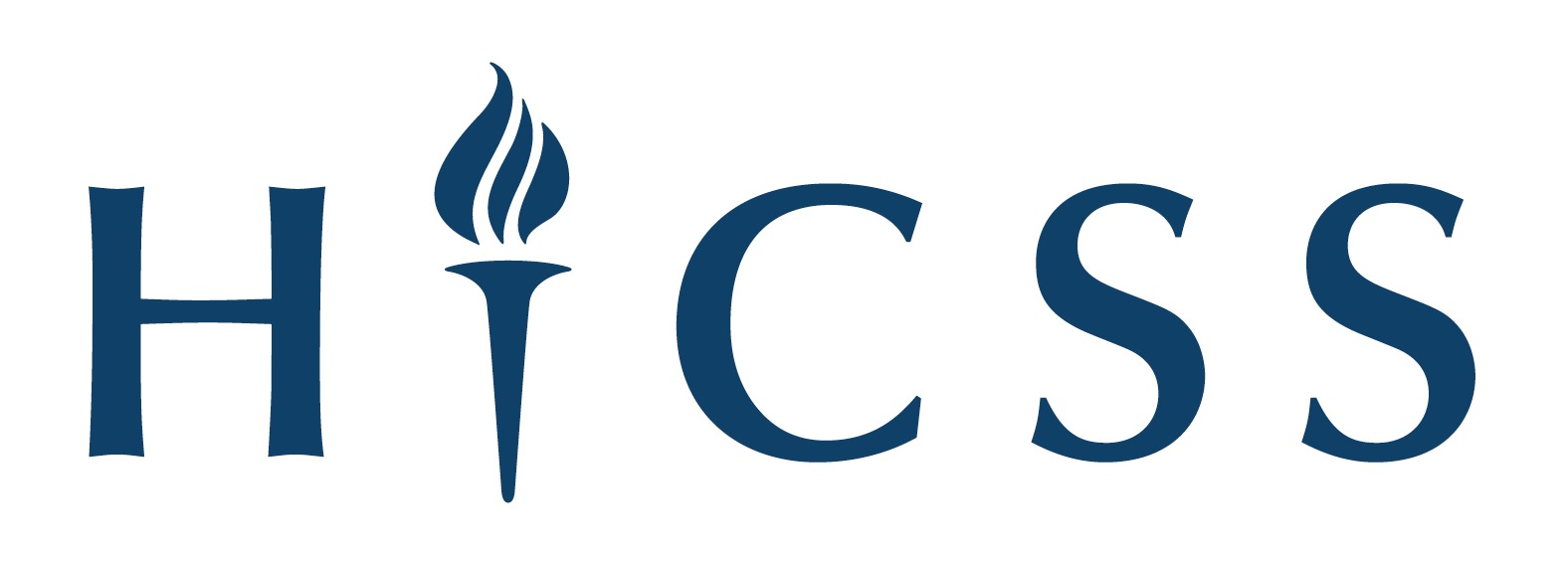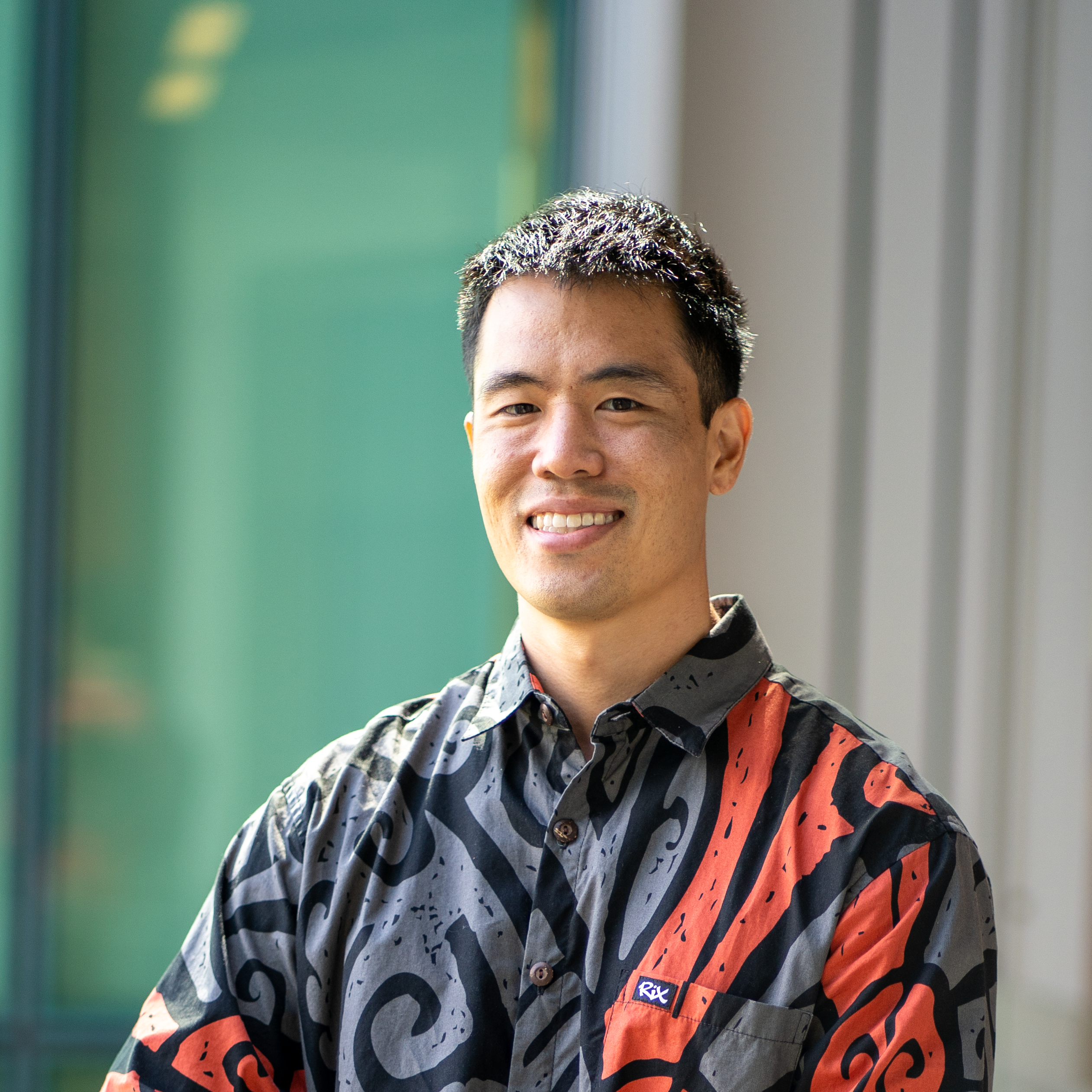My First Independent Publication

There seems to be a particular stigma in academia with regards to publishing work. I was led, early on, to believe that in order to get something published you needed to have a powerful name attached to your work. In other words, new publishing individuals would need to have co-authors on their papers who have a significant academic presence. As a result, I thought it was near impossible to publish good quality work that was independent of a lab, advisor, or any established co-author.
Earlier this year (2019) I started a project that was used to satisfy two requirements for classes that I was in. The project was enjoyable and I had stumbled upon some interesting results. Further independent work on this project lead to remarkable results that I felt were worthy of a publication. I presented my results to a few professors and fellow grad students and asked them for input. The response I received was pretty unanimous and I was told that it was not worth my time and that others have done what I had done already. My literature searches came up short however, and I was not able to find papers that presented similar work. I believed that my work was novel and that it would be a valuable contribution to the scientific community and so I began the process of taking it to publication.
Summary
In my manuscript I showed that it is possible to use the data from smart wrist wearables and machine learning (AKA “A.I.”) to detect the digits an individual is writing. I built custom hardware to perform experiments and collect data. Data was collected by having volunteers write numbers while wearing our device. I built a machine learning model with the collected data and showed that it had great accuracy.
They manuscript was submitted to Hawaii International Conference on Science Systems (HICSS) where it was peer reviewed and accepted with mandatory changes. The necessary changes were made, as per the reviewer requests, and was finally accepted for presentation in January 2020.
Writing Process
The accepted manuscript was an extension of work previously done for a class project. In that project the main focus was on machine learning and the building of hardware. Security was not an issue which we focused on when we first started this project. In any case, we thought it was an interesting and important angle for the manuscript. We felt that our results could have a more significant contribution to the security field as opposed to the machine learning and wearable IOT fields. Admittedly, HICSS is a fairly broad conference and there are different tracks to which papers can be submitted. Each track also consist of several mini-tracks as well. Our manuscript was submitted to the Machine Learning and CyberSecurity mini-track within the Software and Technology track. While software development and machine learning are topics I have good experience in, cybersecurity is out of my field and a little out of my comfort zone. This ultimately made the submission and review process interesting and a great learning experience.
Peer Review Process
Manuscripts submitted to HICSS are subject to peer review. Since this was my first paper that I submitted on my own this was also the first time that I was exposed to the peer review process. Three subject matter experts and the track chair reviewed my manuscript. Manuscripts were scored on a rubric from 1 to 5 where 5 was best. One reviewer gave me a near perfect review and the reviews from the other two reviewers were average to sub-average. Since my manuscript was submitted under the machine learning and cybersecurity track, two security experts reviewed my manuscript. The reviews from these two were strict and they both stated that I need to cite more sources around security. In retrospect, my related work section was on the weaker side. Although I was told not to waste my time on this paper because others have done similar things, I found it difficult to find papers related to my work. I had difficulty finding previous work that focused on all three topics which include machine learning, wearable IOT, and security. As a result I focused my search on high quality papers that encompass at least two of the three topic that concerns my paper.
Finding Funding
As a PhD student who plans to have a career in academia, this process was a great moral and confidence booster. I was shown that I could produce good quality research and get it published on my own. I am aware that finding funding is important in academia whether it is through grants or independent companies. Completing the publication process will allow me to experience the finding funding aspect of academia. Authors are required to attend and present their papers at the conference if it is to be published. Since this work was done indpendantly of any grant and lab, funding is not available to cover travel, lodging, and conference fees. Lack or no existence of funding is not an excuse to not attend and I am exploring different avenues to help support my efforts.
